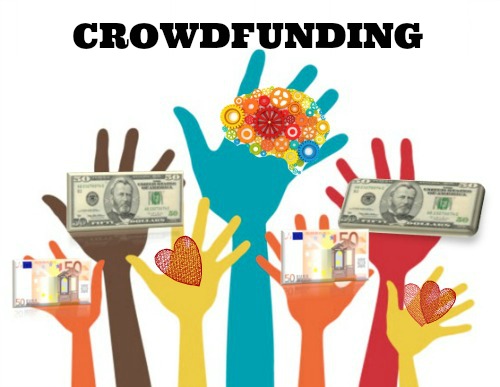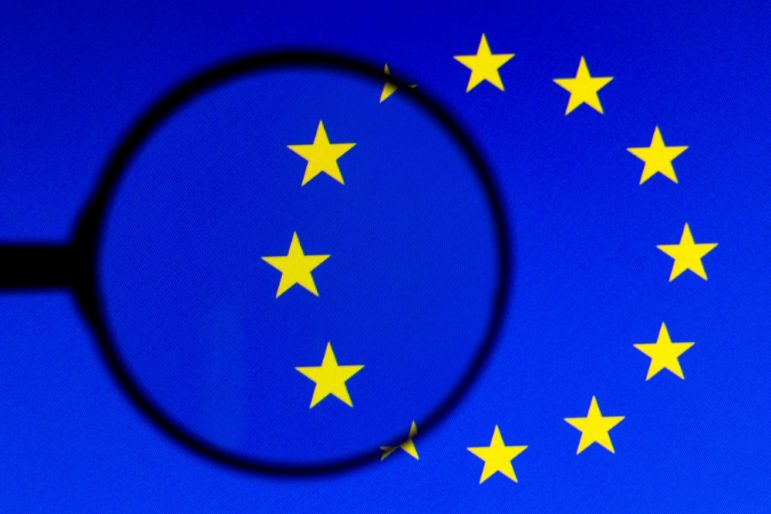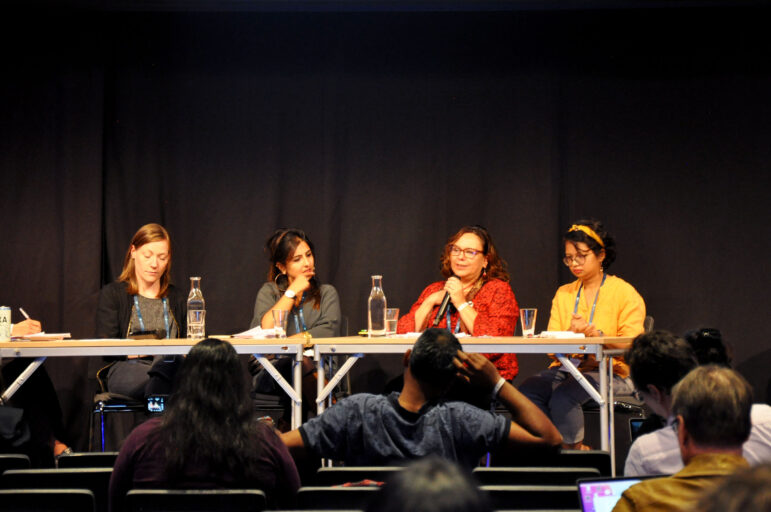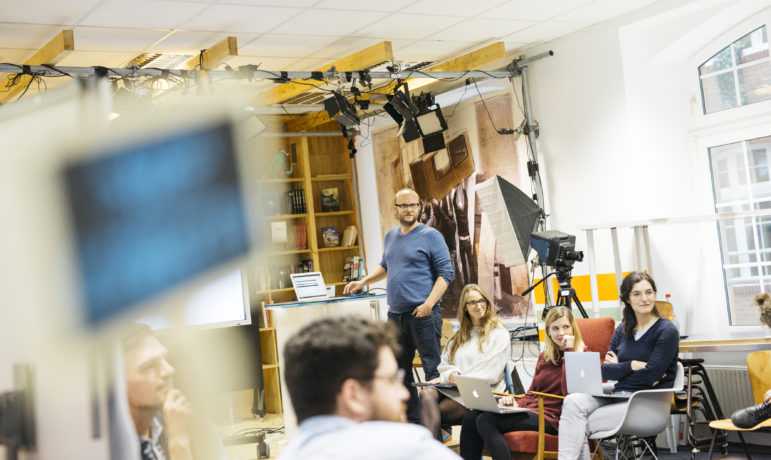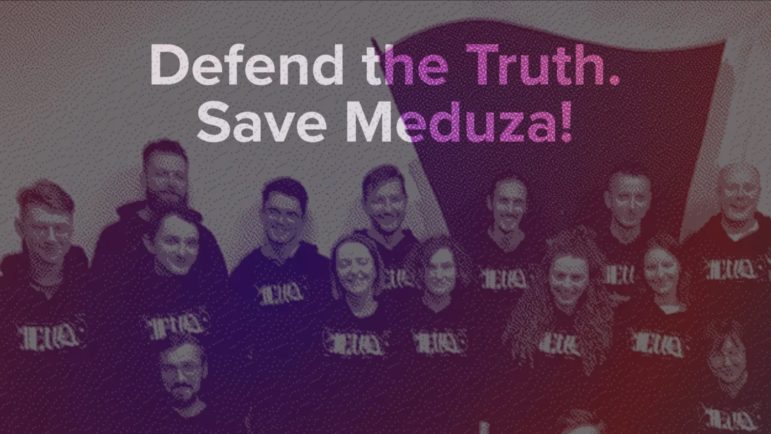

Image: Shutterstock
Crowdfunding Investigations: Lessons Learned About Harnessing Audience Buy-In from Ireland, Brazil, and Portugal
Read this article in
Investigative journalism is expensive. Partnerships and grants can help but can also introduce conditions or stall proceedings. Could crowdfunding, where audience members donate to support an investigation, offer an alternative?
“Crowdfunding serves as a crucial revenue source in investigative journalism, enabling funding for stories that might otherwise remain uncovered,” says Tanja Aitamurto, the author of “Crowdfunding for Journalism” and an assistant professor in communication at the University of Illinois Chicago. “These crowdfunded stories often emerge outside mainstream media and large newsrooms, contributing significantly to journalism by diversifying producers and voices.”
To explore the opportunities and challenges of crowdfunding investigations, GIJN spoke with three newsrooms pioneering the model: Noteworthy in Ireland, a community-led newsroom where readers pitch and fund investigation proposals, and Portuguese investigative podcast Fumaça and Brazil’s Agência Pública, which both operate membership models and have experimented with crowdfunding campaigns.
Crowdfunding Platform
Noteworthy is an Irish investigative platform that is part of The Journal, a national newspaper. The newsroom’s approach to reader participation is two-fold: firstly, anyone can submit an idea for an investigation, and secondly, readers can support specific projects by contributing to the cost of investigations on the issues that matter most to them.
Both areas reflect the newsroom’s mission to tell stories that haven’t been told before, providing a way to directly fund specific projects and expand what is commissioned.
“The range of projects and what gets backed shows what people want to fund,” says Maria Delaney, Noteworthy’s editor, adding that stories affecting communities such as Travelers, disabled people, or “people outside the sphere of general news reporting” often feature in proposals.
Submissions are tracked using Trello, a content management system, and the editorial team meets every two weeks to discuss the ideas contributed, assessing the time-sensitivity of pitches or whether they are suitable for crowdfunding.
Approved submissions are then listed on Noteworthy’s site with individual financial targets and progress bars, showing the amount raised and number of backers. The team reviews the slate of open ideas every six months to see which are making sufficient progress.
Noteworthy currently has 59 story ideas open for funding: from a call to investigate animal welfare to a pitch related to air pollution near schools.
In 2023, Noteworthy published 25 stories based on community-submitted proposals, with an average reader contribution of €35 (US$38). Since 2019, the team have published 77 investigations — with the makeup/ proportion of reader support varying from project to project. Around 10 of these had partial or full grant funding, with the remainder a mixture of crowdfunding or financial support by The Journal.
Costing a crowdfunded investigation has been a learning experience. Early proposals were assigned modest financial targets, but the team soon realized more money was needed to execute them.
For every approved proposal, a reporter will draft an initial budget, double-checked by an editor, with an estimate of time and costs for interviews, research, writing, editing, multimedia production, design work, legal support, and for media and freedom of information requests.
Journalism is the biggest cost for almost all investigations crowdfunded on the site, says Delaney, adding that the scope of the investigation must be sufficiently narrow or pricing and carrying out the work can be extremely difficult.
Noteworthy’s model means it will sometimes have support and resources from The Journal, or use funds from its general investigative fund to which readers can also donate.
Its investigation into racism in Ireland’s workplaces and recruitment processes, for example, was part crowdfunded, and part funded from the general fund. After an initial target of €2,290 (US$2,474) was not reached, the scope of the project and financial target were both reduced. While that limited the project funding to €517 (US$558) — and meant the reporters were not able to spend as long digging into the topic as they would have liked — it meant the newsroom could still deliver stories to those backing the investigation.

Noteworthy raised nearly a quarter of the money for this investigation into racism at work from crowdfunding. Image: Screenshot, Noteworthy
Delaney recommends regular interaction with funders, from sharing progress or target amount updates to reports on the long-term impact of a story, such as policy or legislative change, even if this comes years later.
Transparency is also key, she says, when crowdfunding doesn’t work out. If, after review, a proposal is canceled because the story is no longer relevant, supporters can get a refund or transfer their funding to another project or the general investigative fund set up by the newsroom. “It’s important people realize we won’t hold their money forever,” says Delaney.
Timing Is Everything
Brazil’s Agência Pública has used crowdfunding to support its newsroom since its launch in 2011, and in the past offered supporters a chance to vote on what stories the newsroom should pursue as a membership perk.
But recently, the newsroom has been experimenting with crowdfunding for specific investigations, including a deep dive into the documents and information withheld by the country’s controversial former president, Jair Bolsonaro, and his government.
Journalists from Agência Pública and other Brazilian newsrooms had tried for years to access documents and information that could reveal potential crimes and abuses committed by the government, but had had their information requests routinely denied.
While they didn’t know exactly what they could get after Boslonario left office, incoming president President Luiz Inácio Lula da Silva was promising to open the ‘black box’ and members of the public were calling for greater transparency in government, so they were confident of getting some additional information.
“We didn’t know what the final stories would be because we didn’t know what the documents said, but there was a theme: What had Bolsonaro been hiding?” explains Giulia Afiune, Agência Pública’s audience editor.
While the uncertainty meant it was hard to tell potential funders what or how many stories might result from their support, in this case that did not matter: The proposed investigation tapped into the curiosity of its audience and on-the-street conversations about accountability, says Afiune.
“We were able to find the intersection between what people want to read and what we wanted to work on,” she says. “Listening to what people are saying is probably the best way to understand what’s going to mobilize them.”
The newsroom launched its crowdfunding campaign in December 2022, the last month of Bolsonaro’s presidency.
Five reporters were dedicated to the investigation but buy-in from the entire newsroom was crucial to the sustained success of the crowdfunding campaign and the investigation.
A social media campaign promoting the crowdfunding initiative featured an Instagram Live asking supporters what they wanted to know; while elsewhere the team could be found riffing on a one-hit wonder, “Tá na Hora do Jair Já Ir Embora” (rough translation: it’s time for Jair to leave) that was going viral.

Image: Screenshot, Agência Pública
While Agência Pública has a membership model and regularly runs campaigns to encourage new sign-ups, this crowdfunder was its most successful fundraising campaign to date. It received more than 2,000 one-off donations — with an average donation of 23 Reals (US$4.66) — and helped the outlet increase member numbers by 500 to a total of 2,000.
The crowdfunding window closed in mid-January 2023, just as the first stories from the investigation were being published, which reported on previously unreleased minutes from 233 COVID-19 crisis meetings including details on who gave the order to increase chloroquine production in 2020, despite warnings about the drug’s lack of efficacy against coronavirus from the WHO. For the team, it was important to publish some stories before the crowdfunding window closed, since backers often donate more in the “home stretch” of a campaign, says Afiune.
Since then, Pùblica has also used crowdfunding to support a podcast series investigating allegations of sexual abuse by a Brazilian business leader.
The newsroom tried unsuccessfully to find a commercial partner — possibly due to the subject matter — so they turned to their audience again. A general overview of the budget needed — 90,000 Reals (US$18,000) — was shared with the audience, with messaging that addressed the expensive nature of the proposal, where the money would be used, and the need in this case to prepare a legal fund.
“You can’t crowdfund something for release next month,” Afiune says. “It takes time for people to donate and to plan and execute a campaign.”
Both projects have taught them the benefit of direct calls to action, says Afiune: “When you have a big editorial project that is at the end of a big crowdfunding campaign the chances of it succeeding are higher because you are promising something valuable in return.”
Tangible Reward
The Portuguese investigative journalism podcast platform Fumaça aims to be ‘radically transparent’: it shares all aspects of its costs, budgets, and finances publicly, and wants to open up its editorial and organizational production processes and decision-making.
The newsroom has a membership program but also used crowdfunding for its recent series, Desassossego (Unrest), a series investigating mental health and illness, which was launched in November 2022.
They started broadcasting with the crowdfunding campaign still live: Running an ongoing investigation while launching new episodes helped them reach new audiences and potential members, and in some cases, even converted them into donors.
“Because they were listening to episodes, they could easily understand the return they were getting and the value we were bringing,” says Maria Almeida, Fumaça journalist and cofounder.
The topic of Fumaça’s investigation was very relatable, which drove interest and attendance at live listening parties. Media and social media interest in the series was also strong, says Almeida, helping to broaden Fumaça’s reach to potential funders.
Another strategy — which ties into their promise of radical transparency — was to provide regular updates about where the investigation was going, and about how the money was being spent, which in turn helps build trust with audience members, says Almeida.
Regular communication is especially important during long-running or slow-moving investigations: it’s difficult to predict when an investigation will be finished, but you can let people know what is being worked on right now, she says.
Fumaça has also released snippets of audio interviews as part of its communications with supporters. “It’s important to keep people engaged and this gives them a feel for how a series of hour-long interviews is going to sound,” she says. Social media, email newsletters, and an active Slack community are all used to communicate with supporters.
Challenges to this approach can arise when parts of an investigation have to be withheld because revealing them would threaten the future of the investigation. Emerging details from an ongoing investigation into police brutality in Portugal, for example, cannot always be shared in real time for legal reasons or until further reporting has been done.
And the campaigns themselves sometimes need to pivot, says Almeida. The mental health investigative podcast took two years to produce, but towards the end of the investigation the newsroom changed its crowdfunding messaging away from supporting production of the podcast to funding a reporter’s contract.
Realizing that if people hadn’t joined the crowdfunding by the time it was nearly over, it was unlikely the same call-to-action would encourage them to do so, they decided to break down how continued support to fund a reporter’s contract could help them continue equitable pay practices and also produce more investigative journalism.
“We’re radically transparent so we share everything we can,” says Almeida. “We have that commitment with our audience and that’s not going to change.”
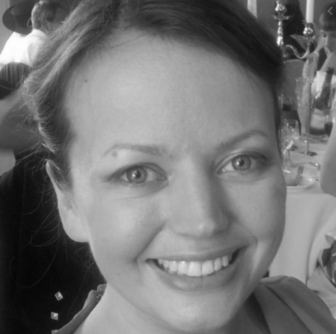 Laura Oliver is a freelance journalist based in the UK. She has written for the Guardian, BBC, Euronews, and others. She is a regular journalism trainer for the Thomson Foundation and Thomson Reuters Foundation and works as an audience strategy consultant for newsrooms. You can find her work here.
Laura Oliver is a freelance journalist based in the UK. She has written for the Guardian, BBC, Euronews, and others. She is a regular journalism trainer for the Thomson Foundation and Thomson Reuters Foundation and works as an audience strategy consultant for newsrooms. You can find her work here.

